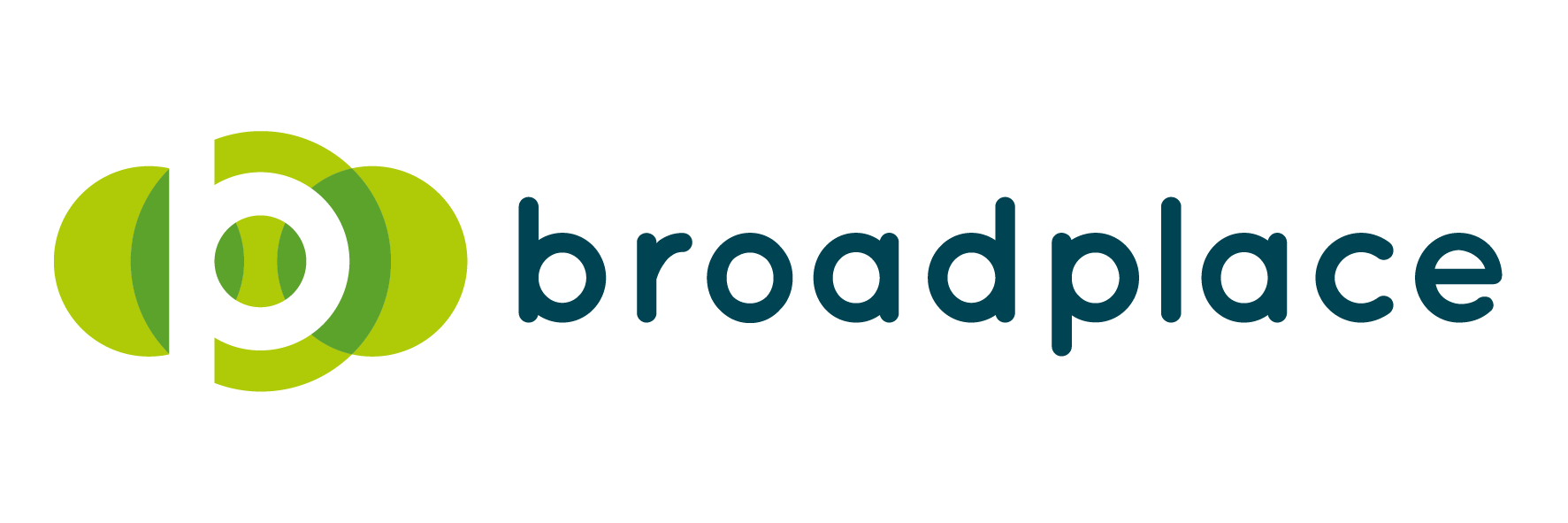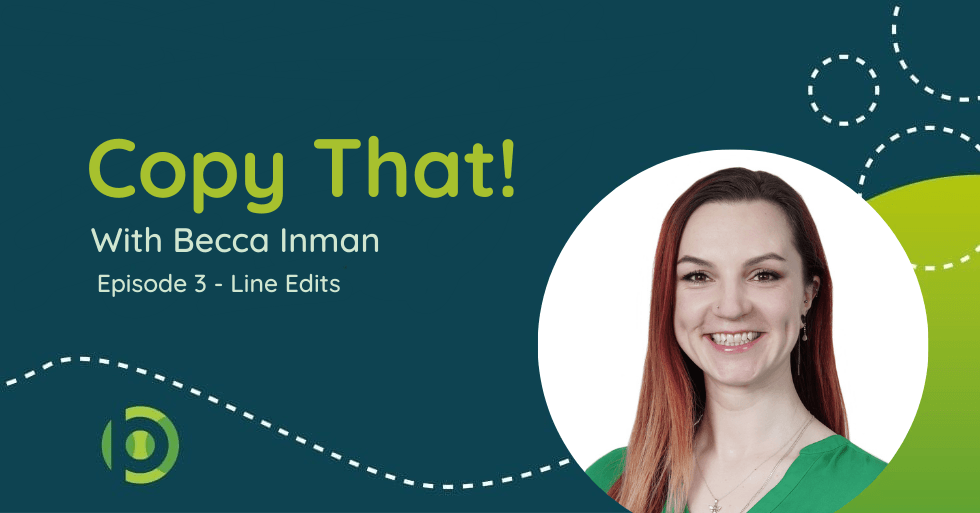In the grand finale of our three-part series on how to edit your copy, I bring you: line edits.
Okay.
So you’ve written your copy.
You’ve poured your heart and soul into it. You’ve bled on the keyboard. You’ve Googled “how to cure butt sores” more times than any self-respecting adult should.
But your copy still kinda sucks.
Not terribly…
But if someone reads your page and bounces faster than you can say “conversion rate,” something’s off.
And no, it’s not your funnel.
It’s not your offer.
It’s not even your ChatGPT generated headlines.
It’s your line edits.
What Are Line Edits?
Line edits are probably the kind of editing you’re most familiar with.
If you’re a beginner, you’re likely already doing some version of this, and you might even think it’s what editing means. Line editing is also sometimes called “punching up” copy.
Basically, line editing means going through your copy sentence by sentence, word by word, and asking yourself: How can I write this better?
And I don’t mean just checking for typos. That’s proofreading.
Line editing involves “cutting the fluff”, sharpening your verbs, and untangling messy sentences. It’s making sure every line earns its place and communicates clearly, effectively, and in a tone that suits your copy.
For example, if you’re writing sales copy, every line should be selling, and selling well.
Why You Should Care
Copywriting is persuasion. And persuasion is clarity.
Without line edits, copy can be really hard to read.
And what is copy for, if not to be read?
We’ve all had that moment when reading a paper or book and getting stuck on a sentence that just doesn’t seem to make sense. It might be filled with too many connectives, be overly complex, or just goes on and on forever until you get completely lost.
Line edits fix that.
That’s why they’re so important in the final stages of copywriting. Without clear, punchy, flowing copy, your reader’s brain does this:
A confused mind doesn’t buy.
If we’re not paying attention to what could be confusing to the reader and seeking to improve it, we’re not doing our job.
4 Quick Tips for Better Line Editing
Tip #1: Read Your Copy Out Loud!!!
I’ve found this is the number one tip for any and all kinds of writing, but especially copywriting.
Seriously.
Just sit down and read what you’ve written, out loud, like a normal person would.
Your brain is a sneaky little liar, and it’ll auto-correct weird phrases when you read in your head. But out loud? Suddenly, you’re tripping over a sentence with 42 commas wondering how on earth you didn’t catch it before.
It might sound simple, but it is always surprising how quickly you’ll catch lines that don’t roll off the tongue.
Tip #2: Remove Weak Verbs
Your verbs carry the power of your sentences.
Instead of writing something soft like, “This helps reduce the appearance of acne”, try:
– “This eliminates acne.”
– “This annihilates acne.”
– “This destroys, eradicates, completely obviates, or even ameliorates acne.”
Okay, maybe those last few get a little wild, but you get the point.
Strong verbs matter.
Another example:
“Discover” is more powerful and engaging than “learn.”
“Unlock” sounds more exciting than “get.”
And almost any verb is better than the basic “to be” verbs (is, are, was, etc.).
Tip #3: Make Your Copy Less “Salesy”
Ever been told your copy sounds too “salesy”?
Maybe you’ve even thought it yourself.
It’s a fair criticism. Sometimes, copy can come off as a little slimy.
With the right edits, you can keep the persuasive power while dialling down the sleaze. You can rewrite lines to cut the cliches and make it sound like you (or your client).
Polished. Direct. Human.
When your copy feels like a conversation, not a pitch, it is ultimately more trustworthy.
Tip #4: Improve the Flow
Another part of line editing is fixing the flow of your copy.
Long, run-on sentences stuffed with clauses and ideas can overwhelm your reader. But a string of short, choppy sentences can feel disjointed and annoying.
We’re aiming for a steady and smooth flow. Like a river, not a leaky tap.
After writing your first draft, go back and vary your sentence lengths:
– If everything’s long, break some sentences up.
– If everything’s short, combine a few for better rhythm.
Flow affects readability, and readability affects conversion. Get the flow right, and your reader will glide through the funnel like a cat on a hardwood floor.
When to Do Line Edits (and When Not To)
The dirty little secret about line edits is that they are probably the least important type of editing overall.
Yes, they still matter.
Yes, they can transform clunky copy into crystal-clear conversions.
But they can be hideously time-consuming.
That’s why they should come last; after you’ve nailed the offer, the structure, and the core persuasive ideas.
Otherwise, you’re polishing a sentence that’s selling the wrong thing.
You could even outsource it, but if you’re trying to improve, doing your own line edits is one of the best ways to get better as a writer.
Why?
Because until you learn to spot a weak line, you’ll never learn how to write a strong one.
So yes, line editing is an invaluable skill to hone. But don’t mistake it for the main event.
It should be the final lick of polish that makes your copy shine.
TL;DR
Line edits are like the gym for your copy.
They hurt a bit. They take time.
But they make your words strong af.
Top Tips and Takeaways:
- Read it out loud.
- Use strong verbs.
- Cut the slime.
- Fix the flow.
And always, always:
Make the copy do its job.

